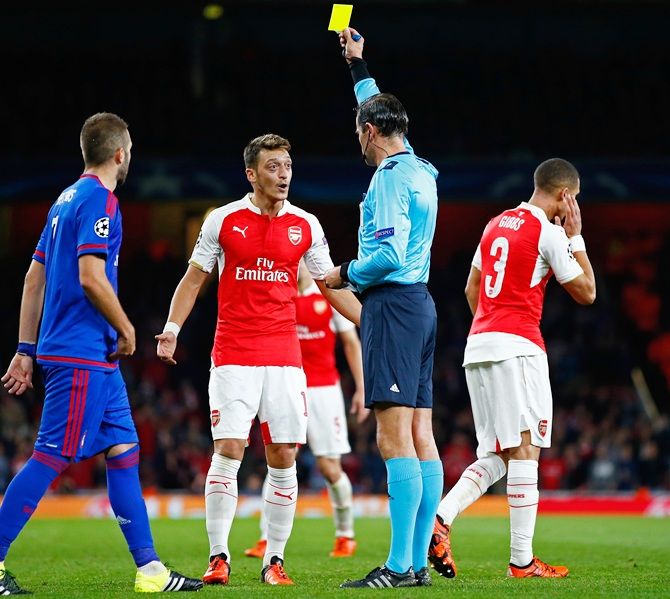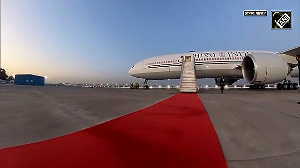
Ever since they were introduced by UEFA in 2012, fans all over Europe have been asking the same question: what does the official behind the goal do?
Champions League PHOTOS: Porto sink Chelsea; Arsenal lose again
It was UEFA president Michel Platini who opted to use ‘the human face of football’ - namely, additional assistant referees - rather than goalline technology to help decide whether the ball has crossed the line as well as aid the man in the middle with his decision making.
But since they were introduced it has become a joke among fans that the additional assistant referees never make a decision - even if the referee has got something wrong.
All that changed after 40 minutes at the Emirates on Tuesday in the Champions League Group F match between Arsenal and Olympiakos Piraeus.
Arsenal goalkeeper David Ospina, under no pressure from any Olympiakos forward, mishandled a high, inswinging corner and half caught the ball before appearing to carry it over the line.
Dutch referee Bas Nijhuis was unsighted and in the wrong position to see if the ball had gone over the line.
Unlike matches in the Premier League or FIFA internationals, UEFA does not use goalline technology, so the Dutch additional assistant made Nijhuis's decision for him.
Alerting the referee by sending an electronic signal, he indicated the ball had gone over the line by at least a metre, and Nijhuis awarded a goal - officially recorded as an Ospina own goal.
That put Olympiakos 2-1 ahead and they went on to win 3-2 for their first ever away win in England since they first played a competitive European match in the country in 1965.












 © 2025
© 2025